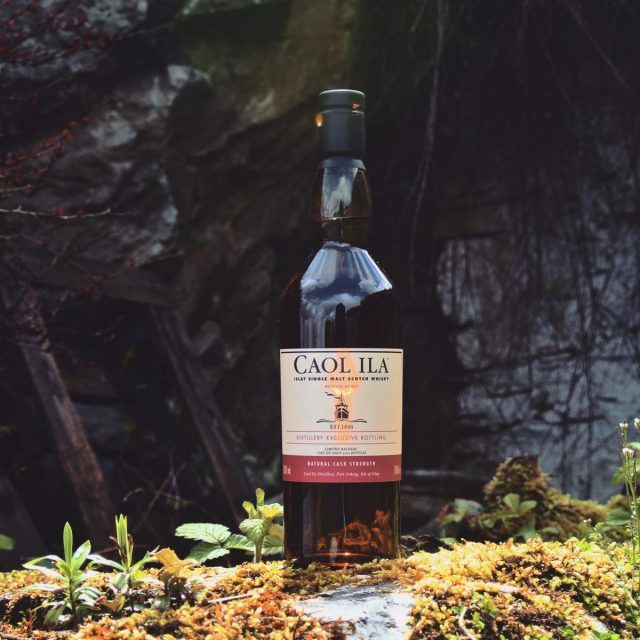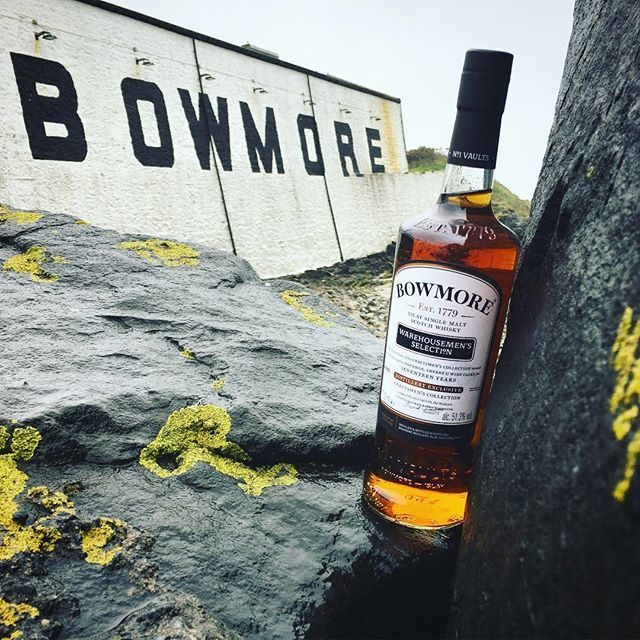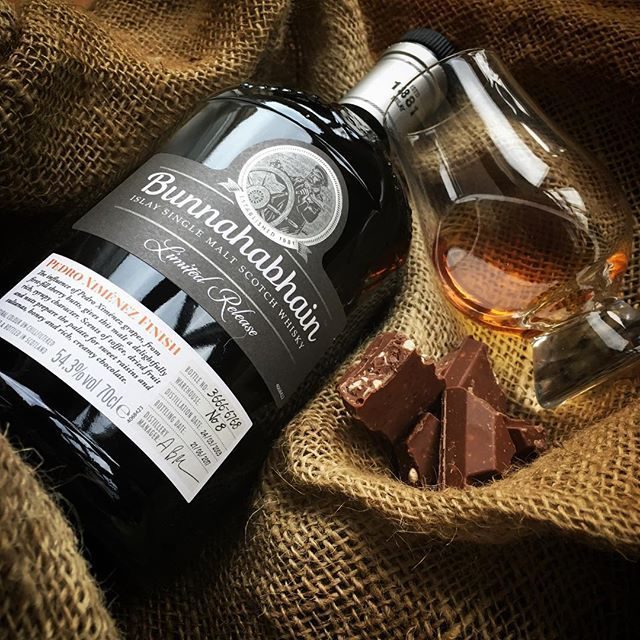Did you know? Caol Ila uses the exact same malt as its sister distillery Lagavulin. The malt comes from Port Ellen Maltings and contains the exact same ppm (phenol parts per million). But why is Lagavulin so much peatier, I hear you ask. Well, that’s the magic of the process.
The fermentation process, the size and shape of the stills, the amount of wash that goes into the stills (wash is what its called after fermenting) and of course the choice of casks. You can write whole books about this, but let me give you a quick crash course.
It’s all about chemistry. The yeast reacts with the wort (the sugary water before the yeast turns it into alcohol) and produces many of the fruity flavours you’ll find in the final product. Long/short/quick/slow fermentation give different results.
Then there’s the copper of the stills, which also reacts with the alcohol. The longer the contact, the more phenols are removed and the fruitier the spirit will become. So you can imagine that Caol Ila aims for longer fermentation and more copper contact, while Lagavulin keeps everything as short as possible, to create the whisky they’d like to make.
Many people think the source water makes a difference too, but in fact, this water is also distilled, so there’s nothing left of the minerals and elements that were in it. Sorry to blow this part of the magic…
This is in short how you’ll end up with two totally different whiskies, using the same basic ingredients.
Then there’s only the maturation left, which plays a large role. Casks all have very different results, even if they are sister casks. That’s why most distilleries pour together the liquid of many casks before bottling, to create a stable flavour in every batch. GlenDronach for example, blends far less casks than Glenfddich, who blends hundreds of them. The chance of batches to differ for GlenDronach, is greater than for Glenfiddich. This is also the reason why I like single casks and independent bottlers that much, it’s always a surprise.



